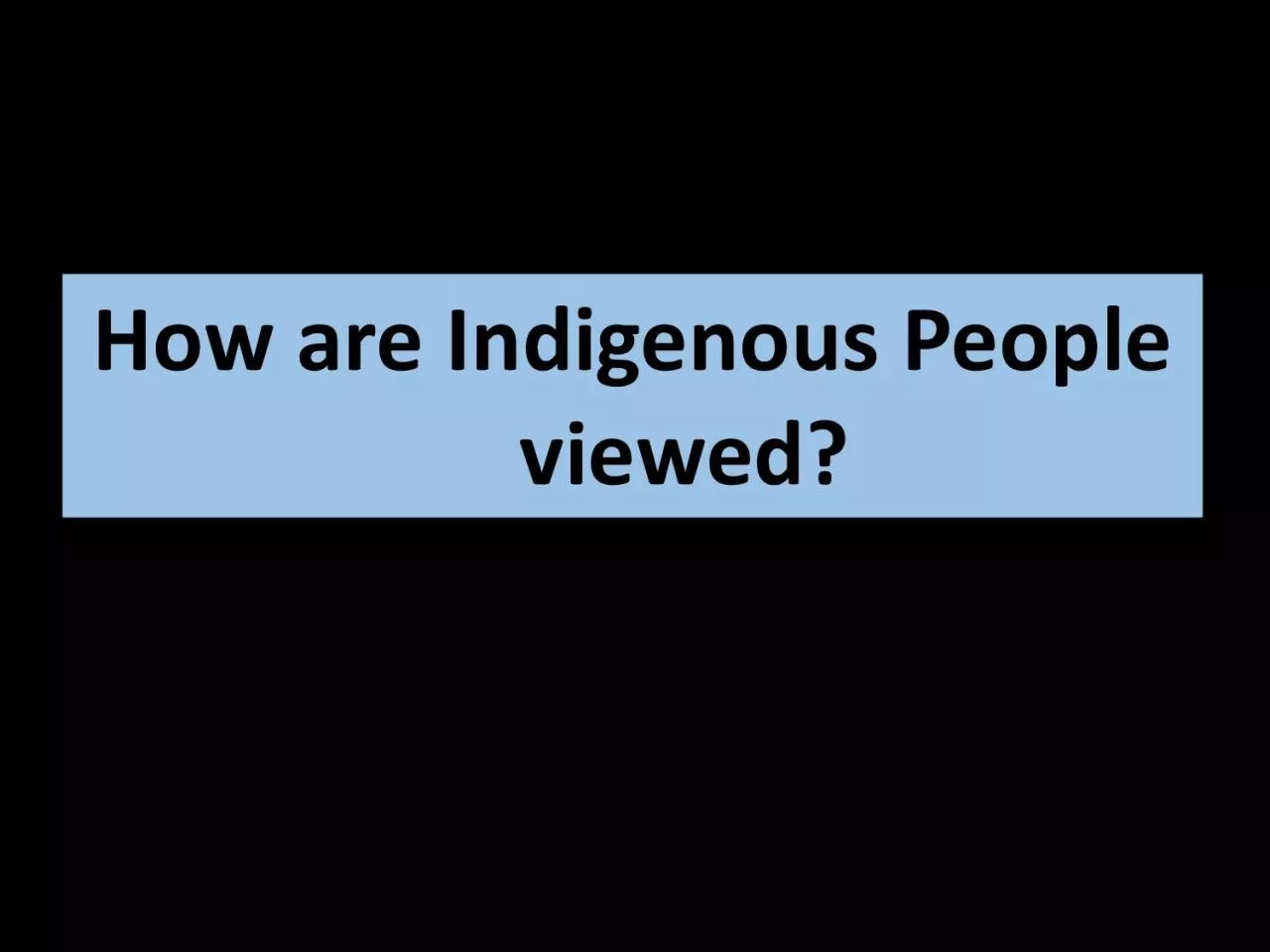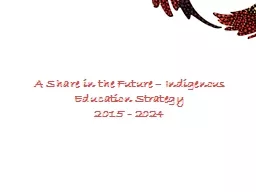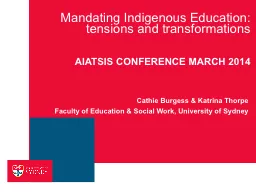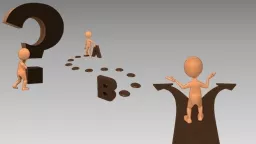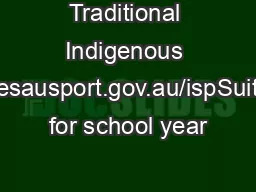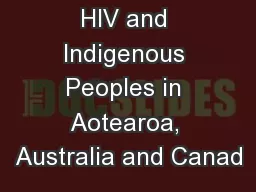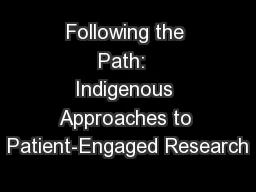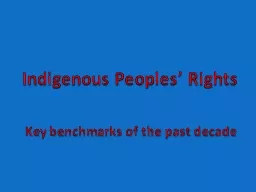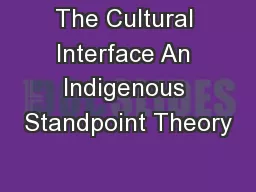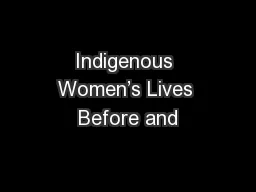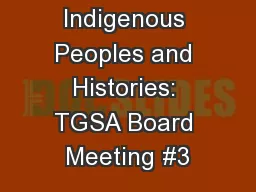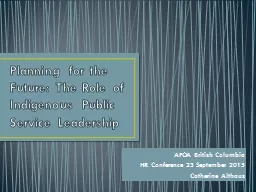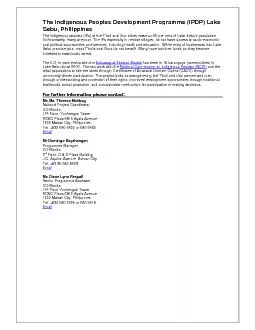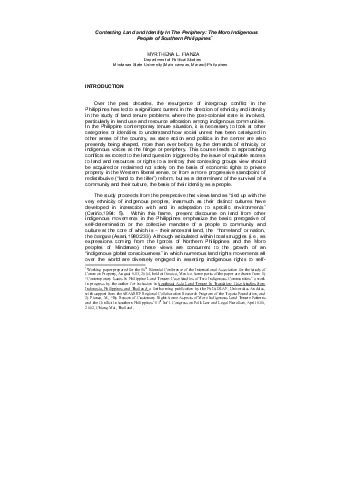PDF-How are Indigenous People
Author : roxanne | Published Date : 2021-06-16
viewed Current Practice Indigenous People are People of the Past The Problem Were still here Potential Solution Meet Two Anishinabek Michiganders Aanii hello My
Presentation Embed Code
Download Presentation
Download Presentation The PPT/PDF document "How are Indigenous People" is the property of its rightful owner. Permission is granted to download and print the materials on this website for personal, non-commercial use only, and to display it on your personal computer provided you do not modify the materials and that you retain all copyright notices contained in the materials. By downloading content from our website, you accept the terms of this agreement.
How are Indigenous People: Transcript
Download Rules Of Document
"How are Indigenous People"The content belongs to its owner. You may download and print it for personal use, without modification, and keep all copyright notices. By downloading, you agree to these terms.
Related Documents

